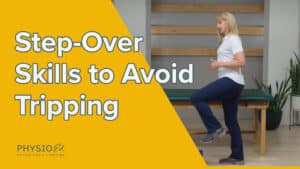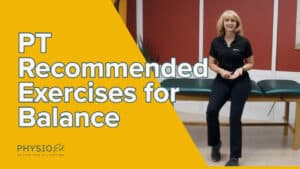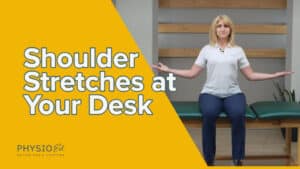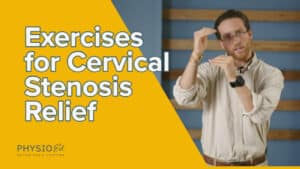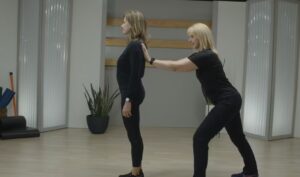Breathing in through your nose and out through your mouth is a common practice recommended during exercise, but is there an even better way? Nasal breathing offers several physiological and performance benefits. It helps filter and humidify the air, allowing for better oxygen absorption and reducing the risk of exercise-induced asthma. Nasal breathing also promotes diaphragmatic breathing, which helps activate the parasympathetic nervous system, aiding in relaxation and stress reduction during exercise.
Increased Warm-up of Inhaled Air
When you breathe in through your nose, the air is filtered, humidified, and warmed before it reaches your lungs. This helps to protect your lungs from potential irritants and minimizes the risk of respiratory issues during exercise, such as exercise-induced asthma. Breathing in warm, moist air can also be more comfortable, especially in colder environments, and can help prevent throat dryness.
Enhanced Oxygen Uptake
Breathing through your nose can improve oxygen uptake by promoting slower and deeper breaths. The nasal passages are narrower than the mouth, which creates resistance to the airflow, leading to a slower breathing rate. This allows for more efficient exchange of oxygen and carbon dioxide in the lungs, resulting in increased oxygen delivery to muscles and improved endurance performance.
Regulation of Breathing Rate
Breathing in through your nose helps to regulate your breathing rate during exercise. Nasal breathing encourages diaphragmatic breathing, where the diaphragm, a muscle located at the base of the lungs, is engaged more effectively. This can help you maintain a steady breathing rhythm and prevent shallow or rapid breathing, which can lead to hyperventilation or breathlessness during intense exercise.
Improved Lung Function
Breathing through your nose can improve the functioning of your lungs by promoting a balanced distribution of air in all areas of the lungs. It helps to engage the lower parts of the lungs, where blood vessels are more densely located, and can improve the oxygenation of blood. This can enhance overall lung function and increase exercise performance.
Reduced Risk of Dehydration
Breathing in through your nose can also help reduce the risk of dehydration during exercise. Breathing through your mouth can lead to increased water loss through evaporation due to the dryness of the inhaled air. Nasal breathing can help to minimize water loss from the respiratory system, helping to maintain hydration levels during exercise.
In summary, breathing in and out only through your nose during exercise can offer several benefits, including increased warm-up of inhaled air, enhanced oxygen uptake, regulation of breathing rate, improved lung function, and reduced risk of dehydration. However, it’s important to note that individual preferences and physiological differences may vary, and it’s always best to consult with a healthcare professional or a qualified exercise specialist to determine the most appropriate breathing technique for your specific needs and circumstances.
Equipment Used
Length of Class
Fitness Level
N/A
1 Minute
Basic




